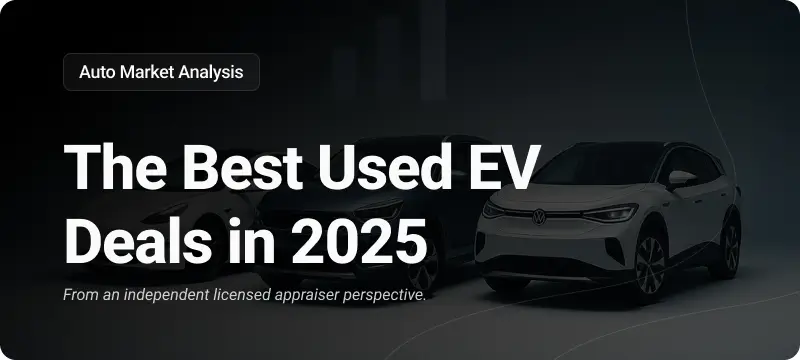Imagine a bustling street in Tokyo, lined with the latest electric vehicles (EVs) from all over the world. Among them, the sleek designs of Teslas catch your eye. But as you look closer, you realize that these futuristic cars are few and far between.
Why is it that in a nation known for its technological prowess, Tesla, a pioneer in EVs, struggles to leave its mark? This conundrum takes us back to a prediction made by Elon Musk in 2010, where he envisioned Japan as Tesla’s largest market outside the U.S. More than a decade later, we’re exploring why this vision has yet to materialize.

Why Tesla is Facing a Tough Crowd in Japan’s Auto Market (PDF)
The Current State of EVs in Japan
Despite the global surge in EV popularity, Japan remains an outlier. Battery-electric vehicles (BEVs) constitute a mere 2% of all car sales in Japan, a stark contrast to the rapidly growing markets in the U.S. and Europe. Tesla CEO Elon Musk expressed his concerns over the company’s surprisingly low market share in Japan, especially when compared to other non-Japanese carmakers like Mercedes or BMW.
Japan’s automotive landscape is dominated by hybrids, with their sales surpassing the combined share of gasoline and diesel cars for the first time in 2023, as reported by Bloomberg. Tatsuo Yoshida, a senior auto analyst at Bloomberg Intelligence, attributes this to the affordability and reliability of hybrids in Japan, where the charging infrastructure for EVs is not yet robust.
The Hesitancy Towards EVs
The preference for hybrids over EVs in Japan isn’t just a matter of consumer choice; it reflects a deeper hesitancy within the industry. Akio Toyoda, Toyota’s chairman and the head of Japan’s automotive association, has been vocal in his skepticism about EVs, describing their commercial and environmental benefits as a “mirage”. This reluctance has ripple effects, slowing down the development of essential EV infrastructure, such as charging stations, of which there are only about 30,000 in the entire country.
The Road Ahead for Tesla and Japanese Carmakers
Despite the challenges, there’s a gradual shift occurring. Japanese auto giants like Toyota and Honda are not turning a blind eye to the EV revolution. Toyota plans to introduce 30 battery electric vehicle models by 2030, while Honda aims for EVs and hydrogen fuel cell cars to constitute 100% of its sales by 2040.
For Tesla, the path to success in Japan might require adapting to the unique preferences of the Japanese market, perhaps by emphasizing the technological innovation and environmental benefits of their vehicles. Musk’s vision for Tesla in Japan might still be attainable, but it will require navigating a market deeply rooted in its current preferences and infrastructure.
Conclusion: The Future of EVs in Japan
As we stand at the crossroads of automotive innovation, it’s clear that the journey for Tesla in Japan is more complex than anticipated.
With the global automotive industry pivoting towards a greener future, will Japan’s allegiance to hybrids evolve to embrace the potential of EVs, and in turn, open doors for Tesla’s success? What do you think will be the defining factor in Tesla’s journey in Japan?





